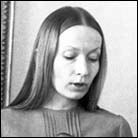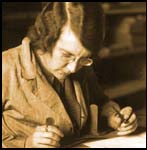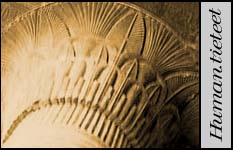 |



|

ANNA-LEENA SIIKALA
cultural researcher
1943-
|
 |
 |

Anna-Leena Siikala has made an impressive career in cultural research.
She is an international authority in the fields of shamanism and ethnic
and primitive religions, Kalevala metre poetry (especially heroic epics)
and oral narrative.

Siikala's doctoral dissertation (1978) explored the rite techniques of
Northern Eurasian shamans in falling into a trance and visiting the
world of spirits. The purpose of these visits is to collect information
which will help the community to cope with crisis situations. In this
research Siikala also surveyed conceptions and ideas related to the
hereafter and the inhabitants of this world.

Siikala discusses the same themes from the point of view of Finnish,
Carelian and Nordic traditions in her work Suomalainen shamanismi:
mielikuvien historiaa (1992). The hero of this study is the shaman who
combats threats against the village community and its individual members
by incantation, magic and folk medicine.

Siikala is the director of an international research group which studies
the mythology of the Uralic peoples. Siikala is also interested in how
these traditions are made use of in situations where an ethnic minority
strives to revive and preserve its own language and way of life under
pressure from the predominant language and culture.

Siikala has conducted field work in Finland and Russian Carelia, and
among the Udmurt and Nenets peoples in Russia. She is also well-versed
in Polynesian cultures after having worked on several occasions in the
Cook Islands (1983-1995) and Australia.

Siikala's writings have opened up new horizons on the theory and
methodology of oral poetry. Scholars in various fields have been
inspired by her work Tarina ja tulkinta: tutkimus kansankertojista
(1984, English translation Interpreting Oral Narrative in 1990).

Satu Apo

 1 1
 2 2

1 Anna-Leena Siikala in Udmurtia, Karamas Pelga village, dressed
in the modern folk costume of Southern Udmurtians. The jewellery is old.

2 In the box held by a woman there is an itterma doll, representing
a dead boy. It has been ritually prepared without any metal tools,
e.g. scissors.

Photos: Anna-Leena Siikala.

|
 |
|











